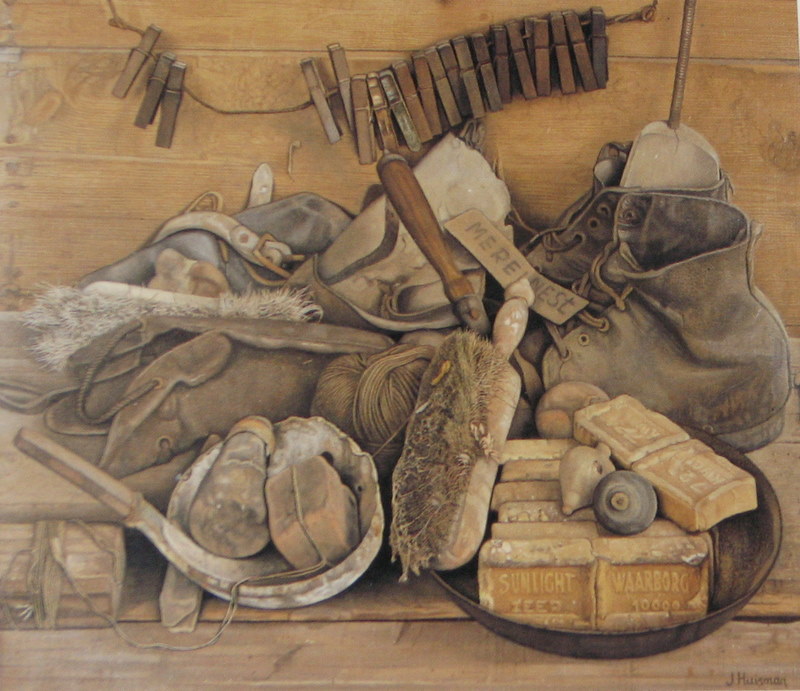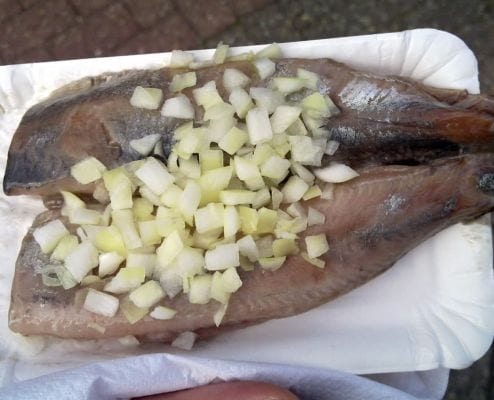Some people have hidden in their name the very essence of their inner being. In 'Whistler' you can hear the wondrous whirring of many small wings ending in a whisper. No wonder that spreading his diaphanous wings, he took up a butterfly signature, evolved from a graphic research on his initials "JW". He envisionned his art in musical terms and adopting such a monogram might have helped to distance his images from the pressure of the written word and narratives sought after by the critics. A defender of "art for art's sake", he wrote to his patron David Leyland, a very rich banker and amateur pianist:
"I say I can’t thank you too much for the name ‘Nocturne’ as a title for my moonlights! You have no idea what an irritation it proves to the critics and consequent pleasure to me- besides it is really so charming and does so poetically say all that I want to say and no more than I wish!"
Whistler adopted his famous butterfly signature in the 1860s out of his fancy for Asian art and study of potter's marks on the china he began collecting compulsively. His butterfly signature developed over the years and proved useful to help art searchers to date his works. By around 1880, at the time of his trial with Ruskin, he added a sting to its tail as a sign of his provocative spirit and potential agressivity. After his marriage with Beatrix Philip in 1888, he liked to draw his butterfly with her trefoil. Playing with his wife's nicknames 'Trixie' and 'Luck', he wrote to his friend Lady Colin Campbell to boast of his marital joy: "For You know the Trixie is my 'Luck'- and see how well the trefoil and the butterfly belong."
1, 2, 3 James Whistler, Harmony in Grey and Green: Miss Cicely Alexander, 1872-18744, © Tate gallery, details
4 Whistler, Twelve Butterflies, 1890, © The Hunterian Museum and Art Gallery, University of Glasgow 2013
5 Design for Lady Archibald Campbell's Parasol, c.1881-1882 © The Hunterian Museum and Art Gallery, University of Glasgow 2013
Links: Hunterian Art Gallery, university of Glasgow. Whistler Online Catalogue
University of Glasgow, the Correspondence of James Mac Neil Whistler
The Tate, James Abbott McNeill Whistler, Harmony in Grey and Green: Miss Cicely Alexander 1872-74





















